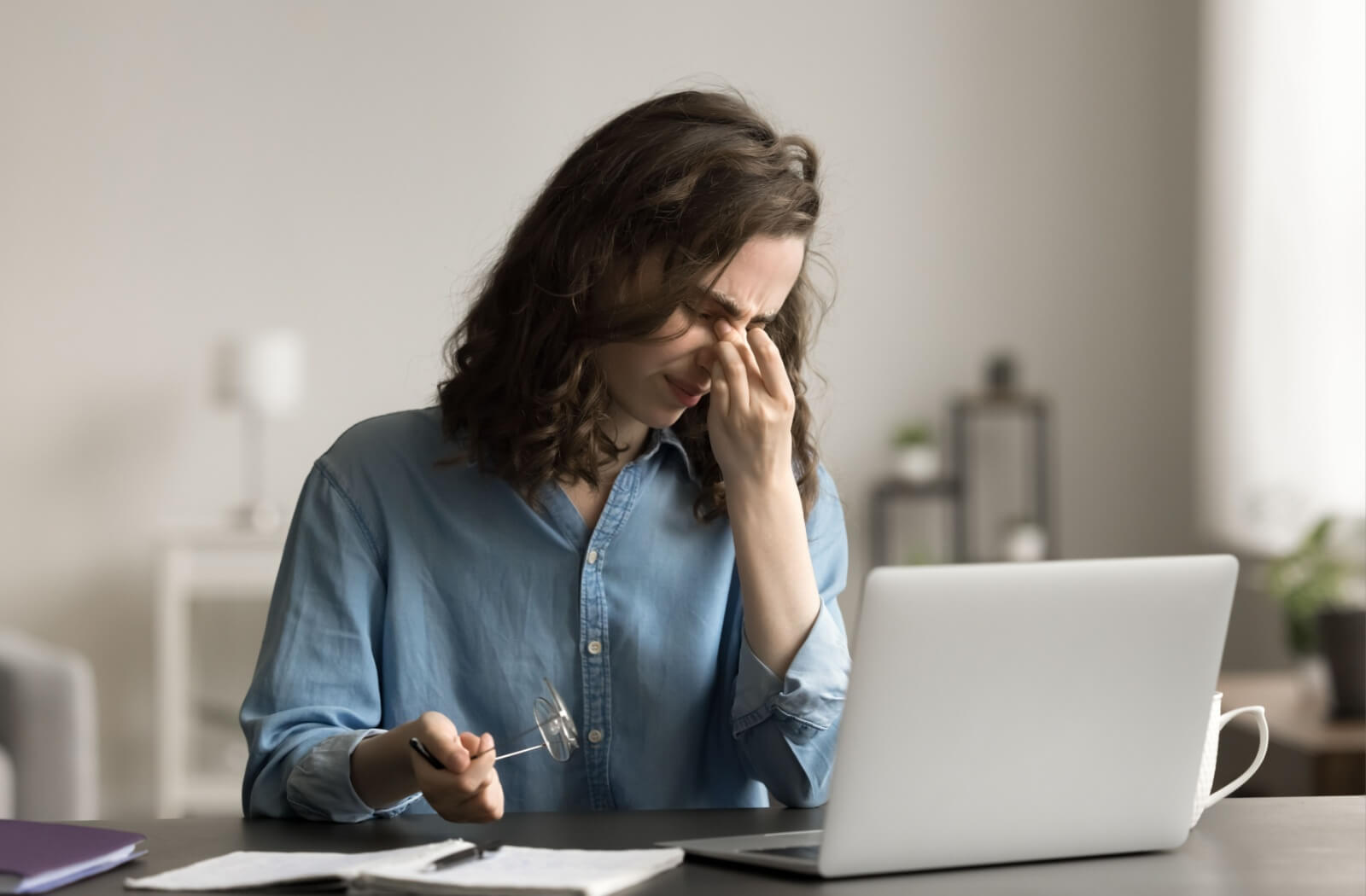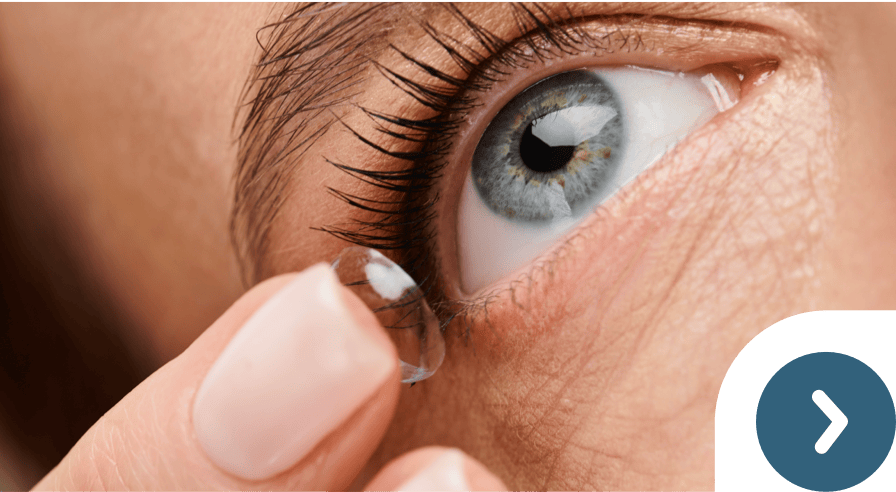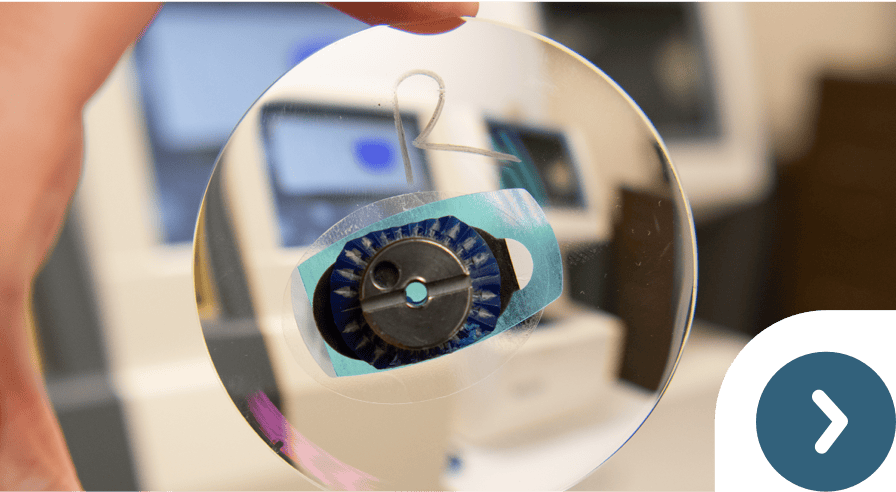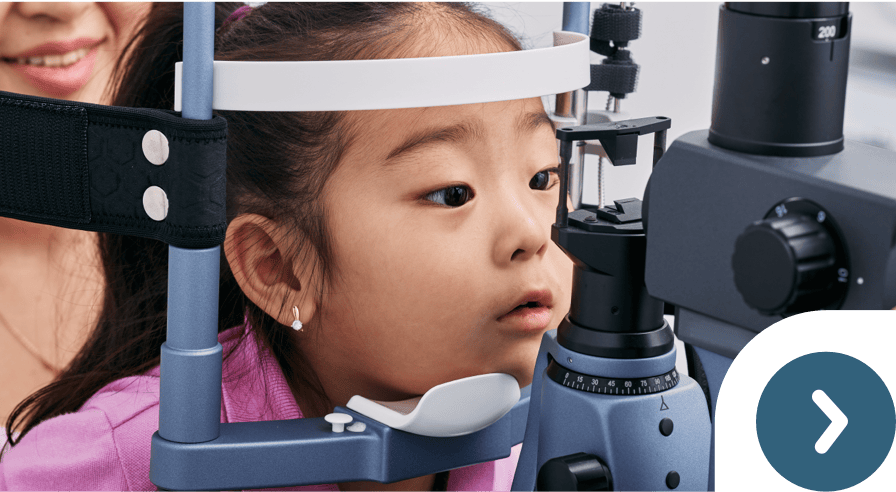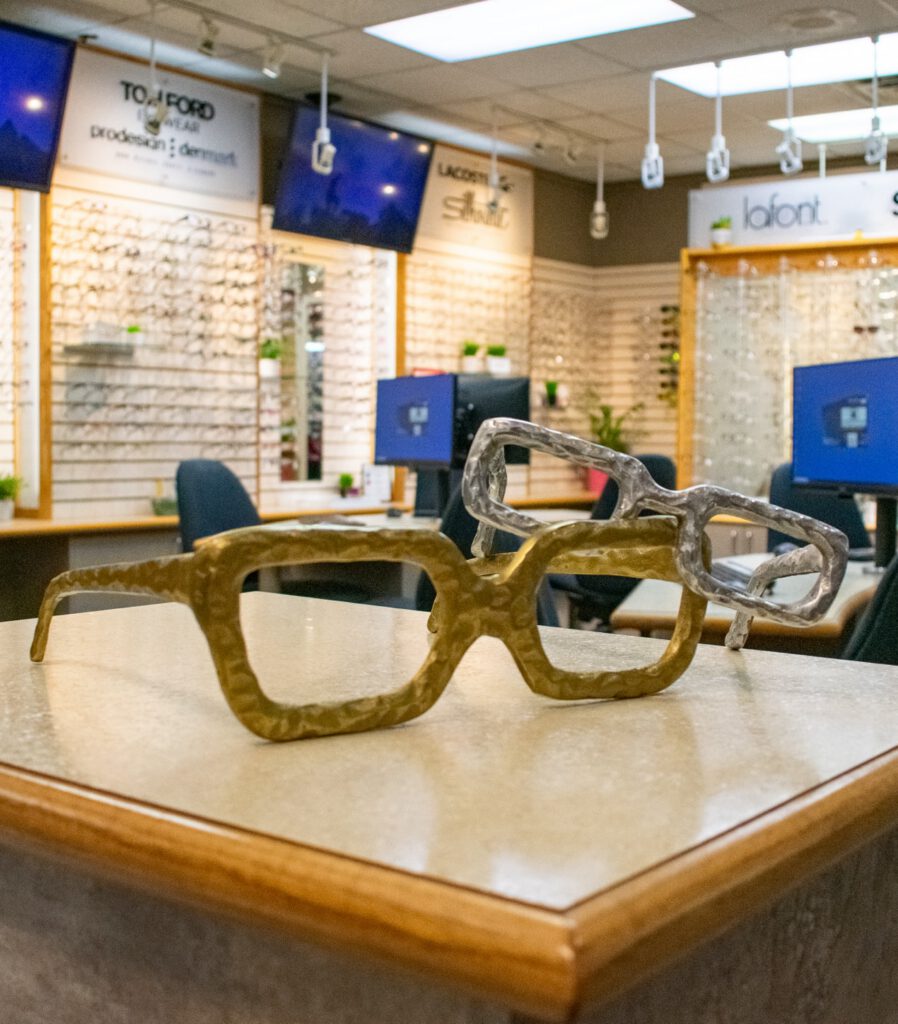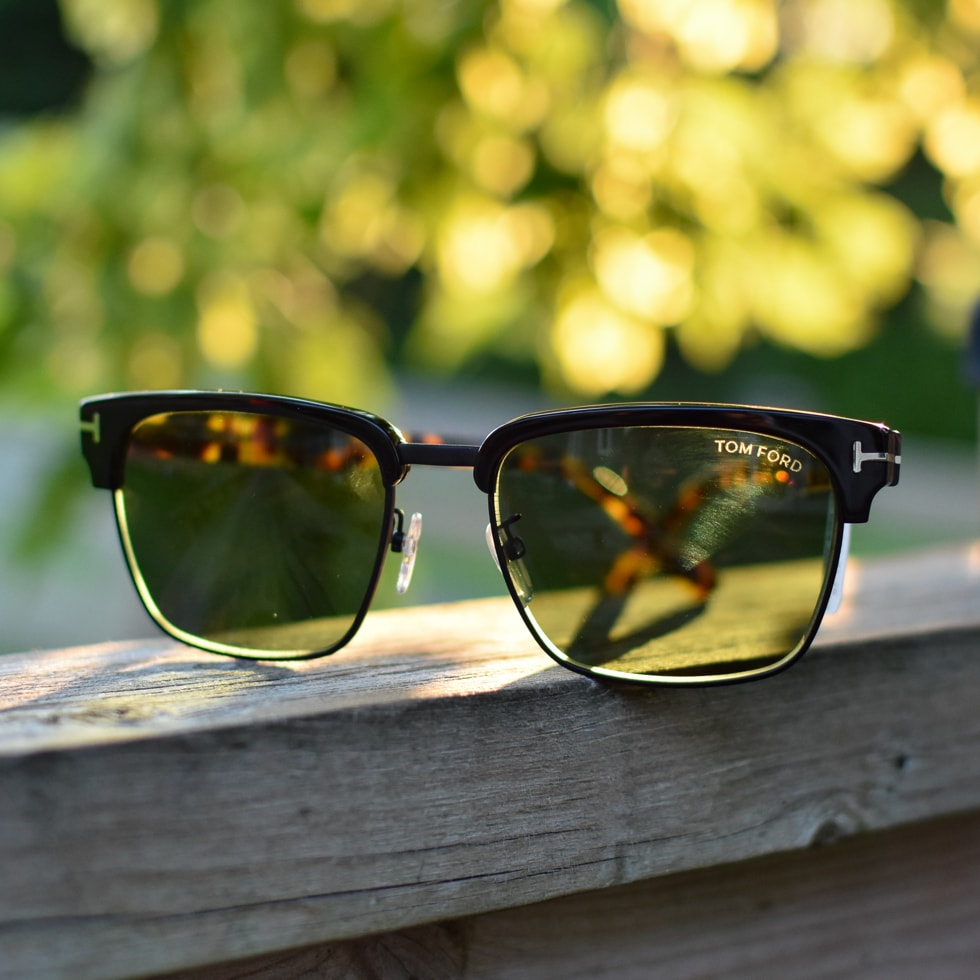You know the feeling. That gritty, scratchy sensation in your eyes that just won’t go away. It’s distracting and uncomfortable, making it difficult to focus on anything else. You might wonder whether it’s just a temporary annoyance or something more, like a condition that needs dedicated dry eye care.
Your eyes might feel dry because they don’t make enough tears, or the tears you do make evaporate too quickly. This imbalance in your tear film is what causes the constant irritation and discomfort you experience. Your optometrist can dig into the root cause with a comprehensive eye exam and put you on the path to relief.
Signs and Symptoms of Dry Eye
Sometimes, dry eye simply feels off, but it can be hard to pinpoint the exact cause. Dry eye shows up in a few common ways, including:
- A stinging or burning sensation
- The feeling that something is in your eye
- Redness or blurred vision
- Sensitivity to light
- Difficulty with night driving
- Discomfort when you wear contact lenses
It sounds strange, but very dry eyes can sometimes trigger a flood of tears. This is your body’s response to the irritation. These emergency tears are mostly water, though, so they don’t lubricate your eyes properly and evaporate quickly.
Common Causes of Dry Eye
Your eyes have a tear film with 3 layers: oil, water, and mucus. When these layers get out of sync, your eyes can feel dry. This usually happens for 2 main reasons: you don’t produce enough tears, or the tears are of low quality.
Not Enough Tears
Sometimes, your eyes just don’t produce enough of the watery part of tears. This can happen due to age, certain health conditions, or as a side effect of some medications like antihistamines and decongestants.
Tears That Evaporate Too Fast
Your tears need an oily layer on top to stop them from drying up too quickly. If the tiny glands on your eyelids get blocked, they can’t produce enough oil. This makes your tears evaporate before they can do their job.
Can Your Environment Cause Dry Eye?
Things around you can also contribute to dryness. This includes windy or smoky environments, dry air from air conditioning or heaters, and even not blinking enough when you focus on a computer screen for a long time.
How Serious Is Dry Eye?
While often just a discomfort, unmanaged dry eye can lead to other issues. This is because your tears do more than just keep your eyes moist; they protect them.
Some of the risks of prolonged, severe dry eye include:
- Eye Infections: Tears help protect the surface of your eyes from bacteria. Without enough of them, your eyes may be more open to infection.
- Damage to Your Eye’s Surface: Severe dry eye can lead to inflammation and even scratches on the cornea, the clear front surface of your eye. This can permanently affect your vision if not handled appropriately.
- Impact on Your Quality of Life: Chronic dry eye can make everyday activities like reading, driving, or working on a computer difficult and frustrating.

Simple At-Home Tips for Relief
You can make small changes to your daily routine that may help your eyes feel more comfortable.
Adjust Your Environment
Focus on small adjustments to make your home a little more eye-friendly, such as:
- Use a humidifier to add moisture to your home’s air.
- Avoid having fans or heaters blow directly into your eyes.
- Position your computer screen below eye level so you don’t have to open your eyes as wide.
Take Frequent Eye Breaks
When you focus on a task for a long time, remember to take breaks. A helpful method is the 20-20-20 rule: every 20 minutes, look at something 20 feet away for 20 seconds to help spread your tears more evenly.
Protect Your Eyes Outdoors
Wear wraparound sunglasses when you go outside. They help block wind and dry air, which can worsen your symptoms.
When to Get Professional Help
If lifestyle changes aren’t enough, it might be time to see your optometrist. An eye care professional can help identify the cause of your dry eyes and recommend a plan. Depending on your needs, treatments may include eye drops that promote tear production, medicated ointments, or punctal plugs to prevent tears from draining too quickly.
Let’s Plan for Long-Term Comfort
Dry eye is often a chronic condition that requires ongoing management. At Westmount Optometrists, we’re ready to work with you to find a routine that helps keep your eyes comfortable, so it doesn’t get in the way of your life.
You don’t have to put up with the constant discomfort of dry eyes. Book your dry eye consultation today to explore your options for relief. There’s a solution for your discomfort, let’s find it together!

